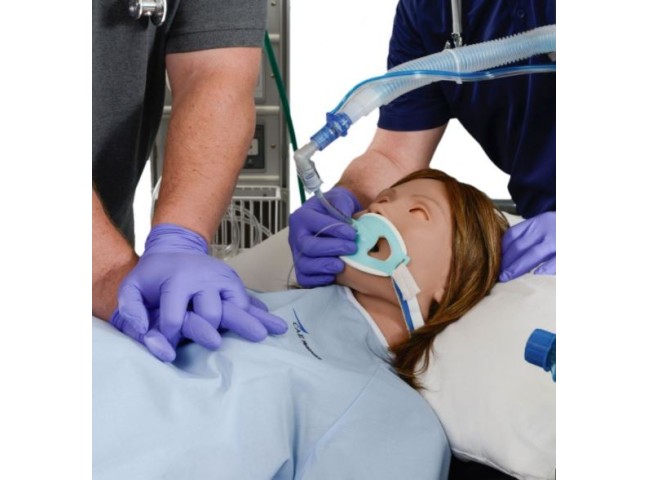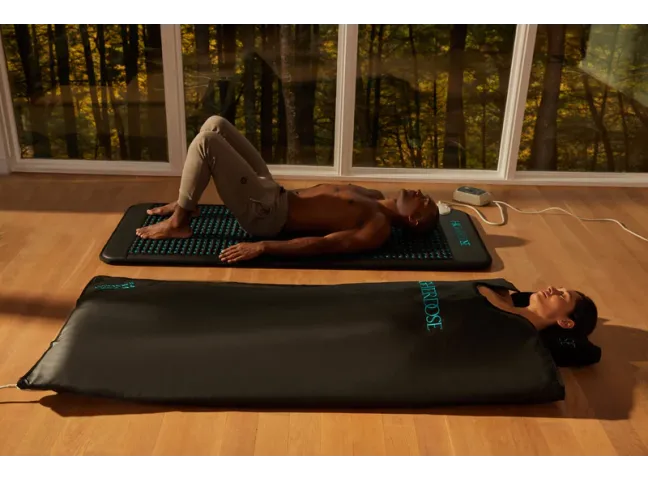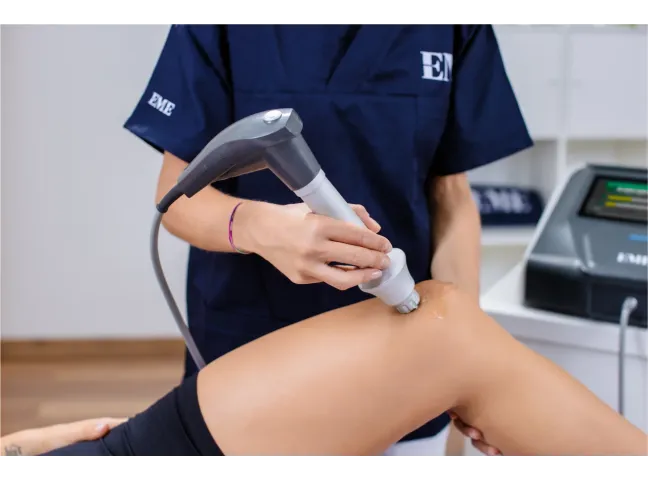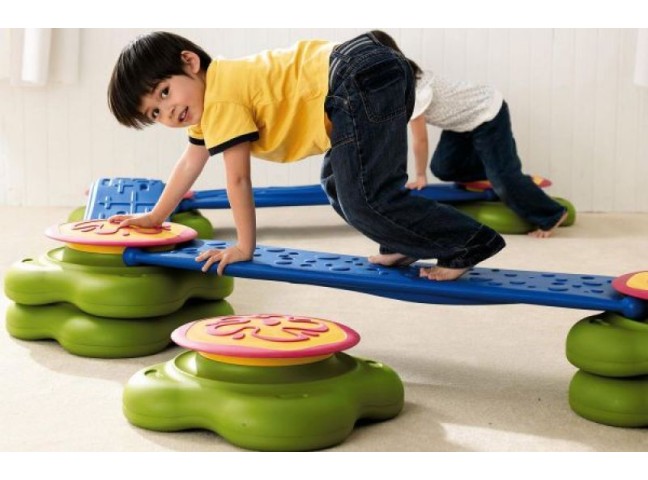Planning to buy a blood pressure monitor? Then you are part of a constantly growing community. Doctors are increasingly asking patients to measure their blood pressure at home.
Why? Because when blood pressure is measured in the doctor's office, the data is only measured at that moment, and the readings are influenced by external factors, you can read more about this in our article:
Blood pressure: how to measure blood pressure correctly? Using a blood pressure monitor at home, you can measure your blood pressure regularly and record the readings. Such data gives your doctor a better assessment of your health! The best way to find out if you have high blood pressure is to measure your blood pressure several times a day and keep a record for several months.
For some people with high blood pressure, periodic blood pressure checks at the doctor's office may not be enough. Therefore, investing in a simple, inexpensive home blood pressure monitor often makes sense. This is especially useful when you are starting a new medicine or taking several different medicines and still trying to get your blood pressure to the right level. Using a home blood pressure monitor can also encourage you to continue taking your medication, especially when you see your blood pressure improving.
There are many blood pressure monitors available for home use and most cost less than €100. You do not need a doctor's prescription to buy a blood pressure monitor. You can find them at your local pharmacy, medical supply store and online.
TYPES OF BLOOD PRESSURE MONITORS
There are two main types of blood pressure monitors:
- Aneroid blood pressure monitors. The measurements are displayed on a manometer. These devices take up little space and are therefore quite portable. A stethoscope is required for use and aneroid monitors require calibration every now and then.
- Electronic blood pressure monitors. They are divided into wrist- and upper arm-mounted devices. These are the most popular and most suitable for home use today.
Automatic blood pressure monitors are the most commonly recommended for home use and can be wrist and upper arm:
Upper arm blood pressure monitors
These meters automatically inflate the cuff and display the readings on a screen.
Advantages: some models allow you to transfer the results to a computer, making it easy to share them with your doctor. Most have a multi-user function that allows more than one person to monitor and record blood pressure readings. Wrist-worn meters tend to be more accurate in taking measurements.
Disadvantages: Proper application of the cuff is required. If the cuff is applied too tightly or loosely, you may get inaccurate readings. Wrist blood pressure monitors are often bulky and can be difficult to use when travelling and are often not as comfortable as wrist blood pressure monitors.
Wrist blood pressure monitors
These handy and small meters are fully automatic, but may not be as accurate as upper arm monitors.
Advantages: They are compact, lightweight and portable. They are generally more convenient than arm gauges. They are a good choice if you are uncomfortable with an upper arm cuff or if your upper arm is too large. They take up little space, so are small and light enough for travel.
Cons: Blood pressure measurements at the wrist are extremely sensitive to body position, the position of the wrist cuff needs to be at heart level for accurate measurement. Wrist blood pressure monitors may be less accurate than those used on the upper arm. This is because blood pressure needs to be measured at heart level and most people omit this point in the instructions for use. Also, wrist blood pressure monitors are not suitable for use in people who are overweight or have vascular disease.
HOW DO I CHOOSE THE RIGHT BLOOD PRESSURE MONITOR?
The blood pressure monitor you choose should be the right one for you, not necessarily the one your friend or neighbour likes.
- Make sure the cuff is the right size for you. An incorrect cuff size can affect your readings. Your doctor, nurse or pharmacist can tell you what size cuff you need, or you can measure your upper arm at home.
- Not necessarily the most expensive - the best. A high-tech wireless blood pressure monitor may cost €200, but it may be no better or more accurate than a much cheaper model. Many top-of-the-range blood pressure monitors cost between €40 and €100.
- For home use, it is recommended to choose an automatic blood pressure monitor with a cuff that inflates itself.
- Look for a digital display that is large and bright enough to see the readings clearly and also shows your pulse rate.
- Think about features. Do you want multiple cuffs? Do you need a device that stores information for more than one user? How about a large display? These features and more are available in different models.
Find the right blood pressure monitor for you in the Rehastar online shop! And to make the choice easier, we've compiled a list of Rehastar blood pressure monitors by function!
.png)
*Rossmax X9 includes 3 cuff sizes S 16-26cm, M 24-36cm, L 34-46cm without ring, we can change the cuff size to a cuff with a ring if needed.
HOW TO MEASURE BLOOD PRESSURE PROPERLY AT HOME?
Here's what you should do to ensure accurate blood pressure measurement:
- Avoid caffeinated or alcoholic beverages and don't smoke for 30 minutes before taking your blood pressure.
- Sit quietly for five minutes with your back straight and feet flat on the floor before you start.
- Hold your arm so that your elbow is at the level of your heart.
- Pull up the sleeves of your clothes and put the cuff on so that it touches your skin.
- Do not talk during the measurement.
- Measure your blood pressure using the instructions on the blood pressure monitor. After the first measurement, release the air from the cuff and wait for a minute, then take a second measurement. If the readings are close, take the average. If not, repeat again and evaluate the three readings.
- Do not be overly concerned if the reading is high. Relax and try again after a few minutes.
- Write down your blood pressure readings and the time of day they are taken.
Questions?
If you have any questions, please contact Rehastar.com staff by phone on weekdays 08:00 - 19:00 or by email at any time and we will do our best to answer you as soon as possible.
Email: info@rehastar.com
Phone: +370 626 11553






